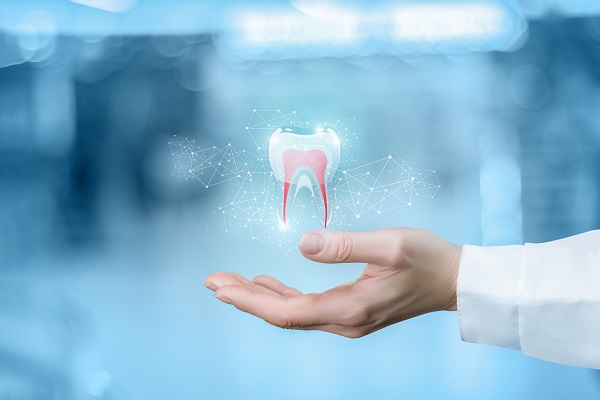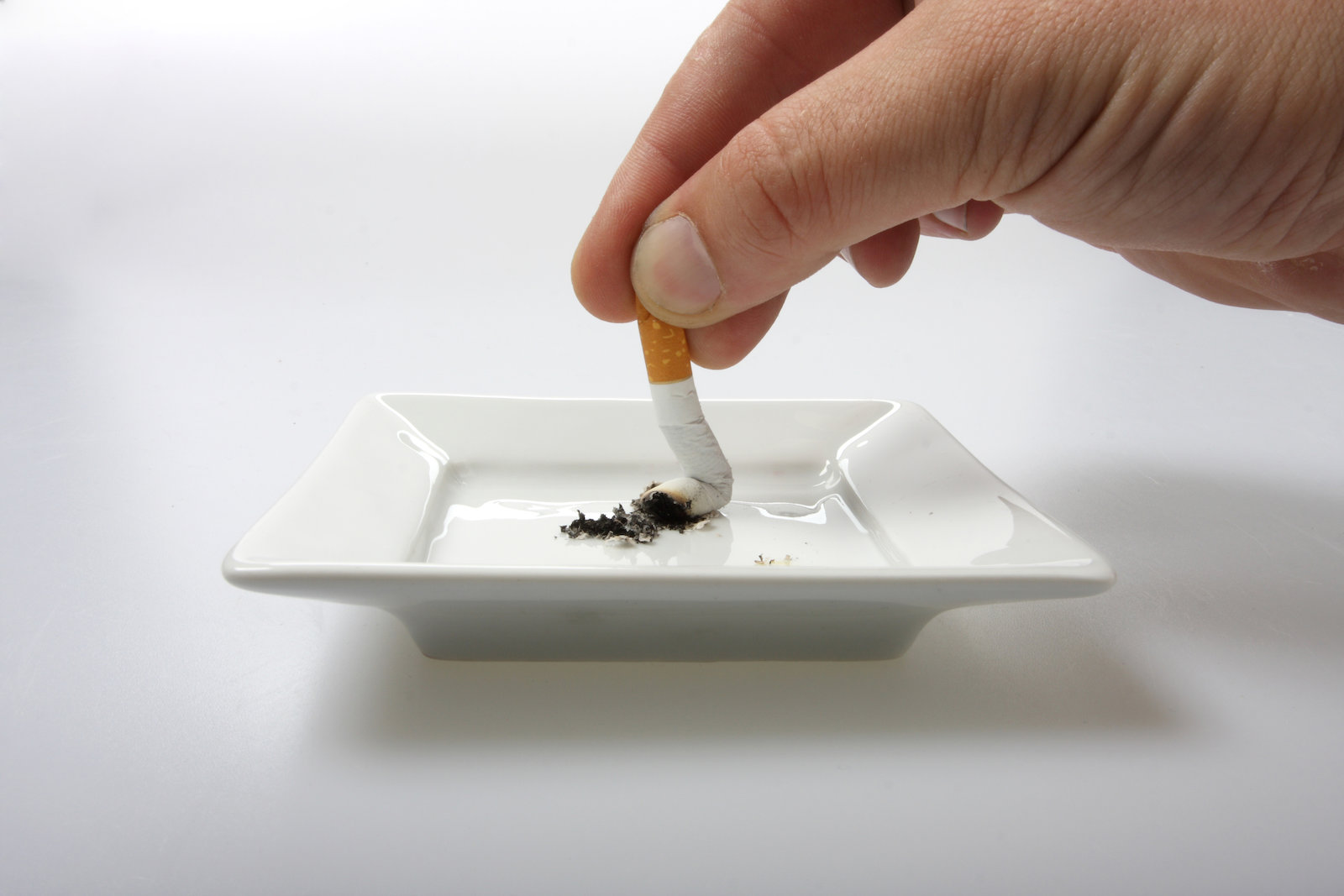How a Family Dentist Checks for Oral Cancer at a Dental Check-Up

Many people are aware that a family dentist is skilled at examining the mouth for signs of common dental problems such as tooth disease and gum disease, but something not everyone knows is that an oral cancer screening is a vital part of most dental check-ups. Since early detection has one of the largest impacts on a patient’s outcome if oral cancer is diagnosed, most dentists include a visual exam of the mouth tissues during routine appointments. In addition, knowing what the dentist looks for during an examination and understanding what risk factors make a person more susceptible to this disease can help you continue to watch out for the warning signs between visits.
Oral cancer checks
There are several steps a dentist takes to check different surfaces of the mouth for potential signs of cancer.
Visual inspection
Cancerous tissue can be present on the gum, cheeks, lips, tongue, roof, and floor of the mouth, so a thorough examination of all these areas is necessary. The dentist may ask the patient to move the tongue or reposition the mouth to get a better view of all angles. When visually scanning the area, the dentist is looking for any abnormalities, which can include:
- Ulcers or mouth sores that are reoccurring or will not heal
- Lumps or unusual bumps
- Red, white, or gray spots
- Rough patches
Physical symptoms
In addition to having strange lumps or spots appearing in the mouth, most patients report additional symptoms as well. The family dentist may inquire if any of the common signs of oral cancer are present. Common issues patients complain about include difficulty swallowing, loose teeth, numbness, and mouth or ear pain. Due to this discomfort and changes in the mouth, people may have difficulty speaking normally.
Risk factors
To better understand the patient’s medical history, the dentist may ask questions to determine if there are any risk factors to be aware of. This can include tobacco and alcohol use, a diet deficient in fruits and vegetables, excess sun exposure, being age 40 or older, and a diagnosis of human papillomavirus.
Additional tests
If any potential signs of oral cancer are discovered, the next step is to take a biopsy of the affected area. The dentist may ask to take a sample of the tissue to have it examined further. Additional appointments may be recommended to check on the area and to figure out the next steps in the process.
Conclusion
While good dental hygiene is a big factor that contributes to good overall oral health, a family dentist is concerned with more than just the cleanliness of the teeth. Looking for any irregular areas that could potentially be indicators of oral cancer is another way dentists work to keep the mouth in good condition. By detecting initial signs of cancer, a treatment plan can be developed early on to give the patient a greater chance of a full recovery.
Request an appointment here: https://www.stgeorgedentalcare.com or call St. George Dental Care at (435) 628-9099 for an appointment in our St George office.
Check out what others are saying about our services on Yelp: Read our Yelp reviews.
Recent Posts
At St. George Dental Care, we are committed to providing quality healthcare to families in Southern Utah. A crucial part of our mission is educating patients on how lifestyle choices impact their oral health. One of the most significant factors is smoking. Did you know that smokers are twice as likely to have periodontal disease…
A healthy smile is a vital part of your overall well-being, no matter your age. For seniors, maintaining good oral health can significantly impact quality of life, from enjoying your favorite foods to speaking and smiling with confidence. However, aging can bring unique dental challenges that require specific attention and care.Understanding these common issues is…
Vaping has surged in popularity over the last decade, often viewed as a safer alternative to traditional smoking. With their vibrant colors and enticing flavors, e-cigarettes have attracted millions of users. But as their use becomes more widespread, important questions about their long-term health effects arise. One of the most common concerns we hear as…
Winter brings crisp air, cozy sweaters, and for many, an unexpected jolt of pain when sipping hot cocoa or stepping outside. If you've ever winced from a sudden zing in your teeth during the colder months, you're not alone. Winter tooth sensitivity affects millions of people and can turn simple pleasures into uncomfortable experiences.The good…


